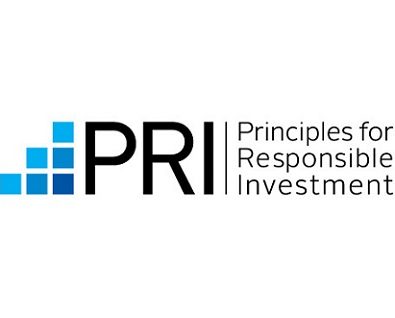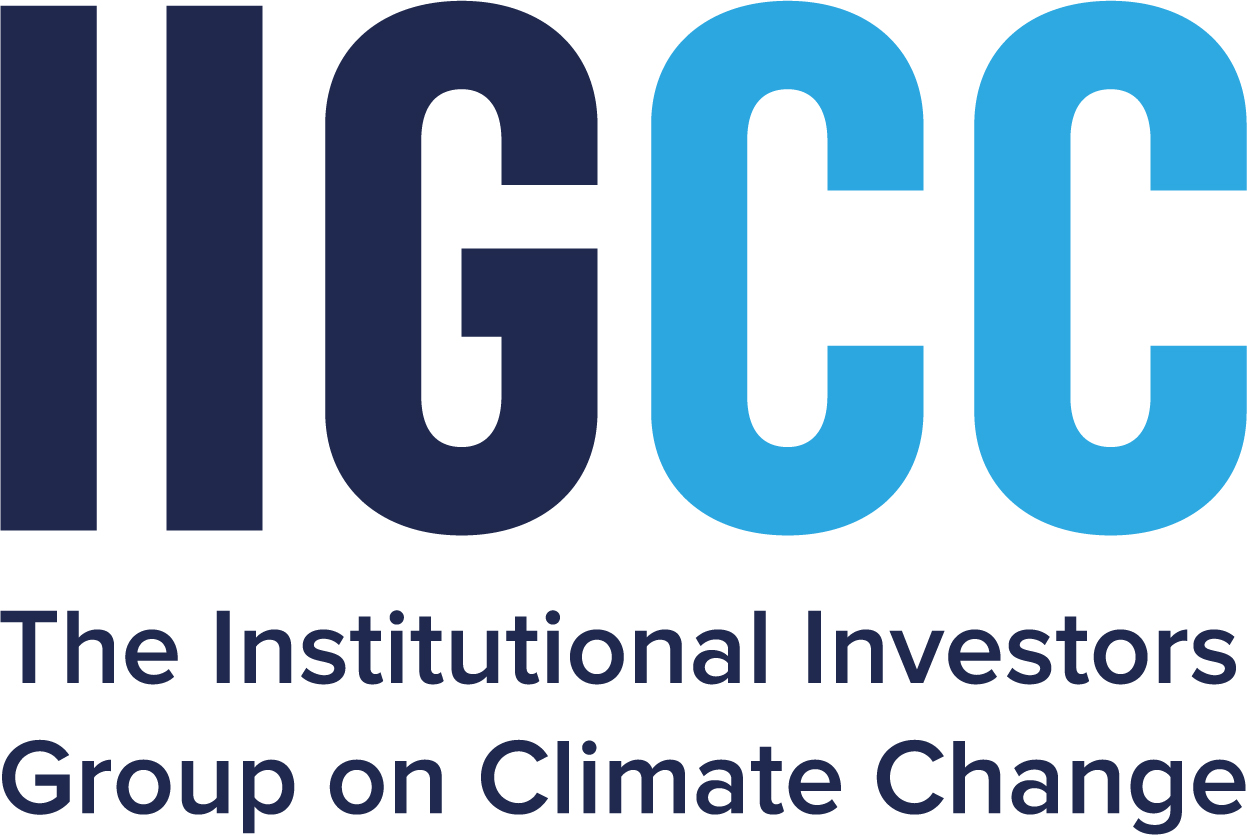A new report makes the case for investments that consider impact first and financial return second. But critics say such investments are mainly for the wealthy.
Advocates for impact investments have long made the case that investments can do social good without sacrificing returns.
And then there are the wealthy philanthropists who give money to nonprofit organizations trying to bring about social change without expecting any financial return.
But there is a middle ground for investors — a little more impact for a little less return. It has been the third rail of socially responsible investing, though, mainly because impact investors fear that such an approach could embolden critics who have long warned that investors will get lower returns if they want to push for change.
Now, a new study by the Bridgespan Group, a nonprofit philanthropic consultant, argues that this is the moment to put more money, time and energy into a middle ground, which it calls impact-first investing. The report, “Back to the Frontier: Investing That Puts Impact First,” focuses on investments that consider positive impact first and financial return second. It makes the case for how such investments can boost emerging technologies faster than grants or traditional impact investments. These investments, the report says, can help create new markets.
[…]
“Impact investing is a big tent and should be a big tent,” said Nancy Pfund, managing partner at DBL Partners, an impact venture capital fund. “The challenge is, we shouldn’t muddy the waters and think impact-first is the only kind of investment. We also don’t want to step backward and deal with biases about returns that we have spent at least 10 years fighting.”
To read more, please visit NYTimes.com











